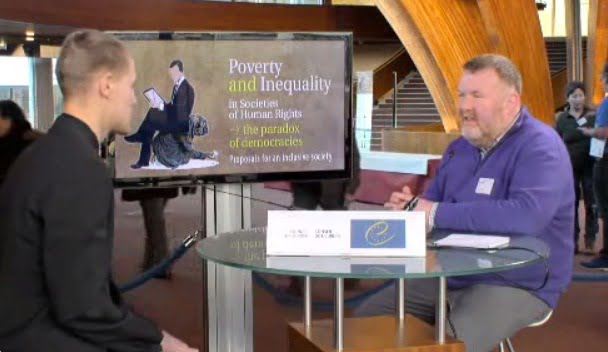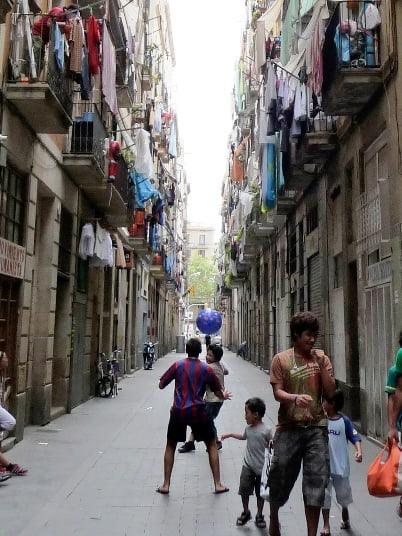On 21/02 – Caritas held a significant event in the EESC showcasing the main findings and recommendations of the Caritas Europa Shadow Report on Europe 2020 strategy and the Crisis Monitoring report in Portugal, Italy, Ireland, Spain and Greece. EAPN intervened in the panel chaired by Pierre Baussand, Director of Soial Platform on how the EU can stimulate inclusive growth the European Semester, together with Egbert Holthuis, European Commission, Veronica Lope Fontagné, EPP Rapporteur on the Opinion on the AGS 2013, and Robert Urbé, Policy Coordinator, Caritas Luxembourg. A debate was held at the end of the day on whether the EU is adopting an effective response to the crisis.



